Of all the 4Cs, everyone can agree that it is Cut that has the most impact on a diamond’s sparkle, fire, and brilliance- so why aren’t fancy shaped diamonds like the marquise or the old mine cushion, graded on cut? The fact is that GIA only grades round brilliant diamonds, and AGS grades both round and princess cuts; both of these well-known cut grades were only invented very recently, as in the 2000s!
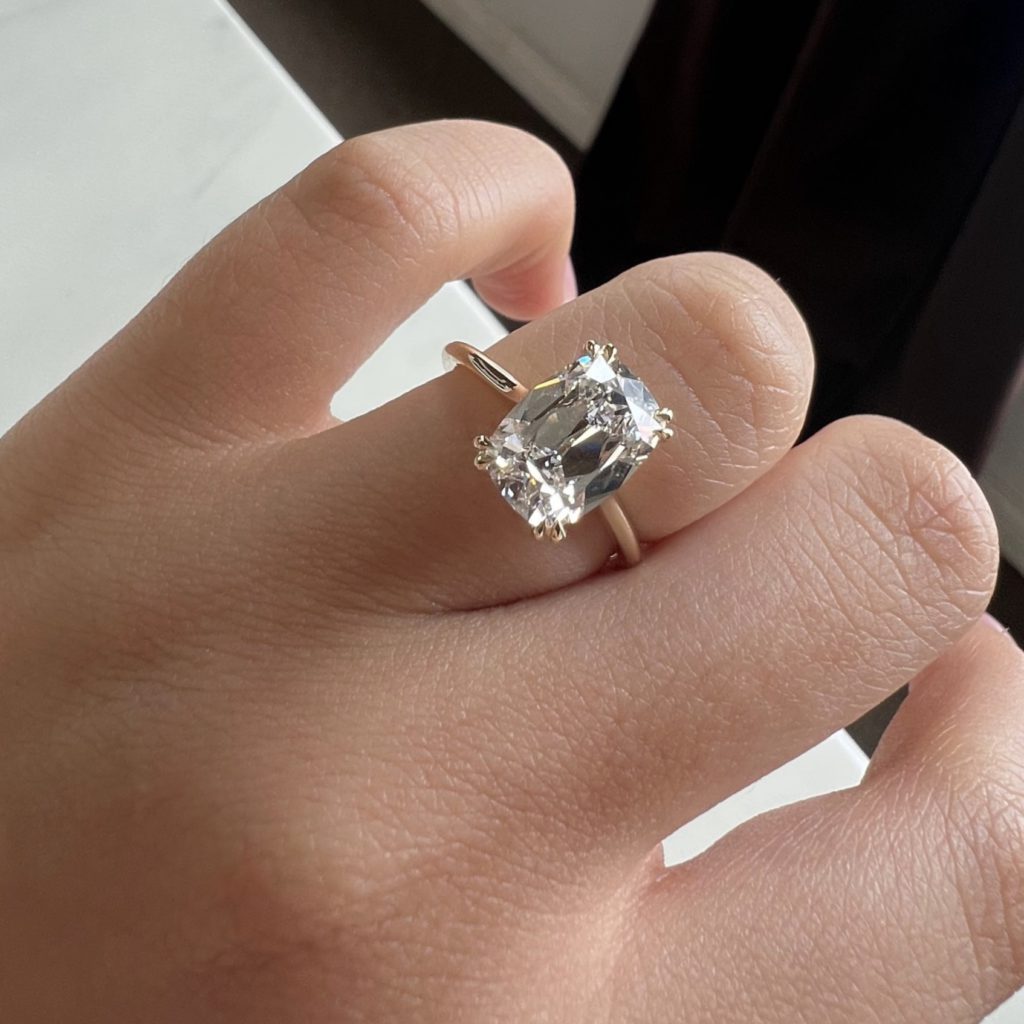
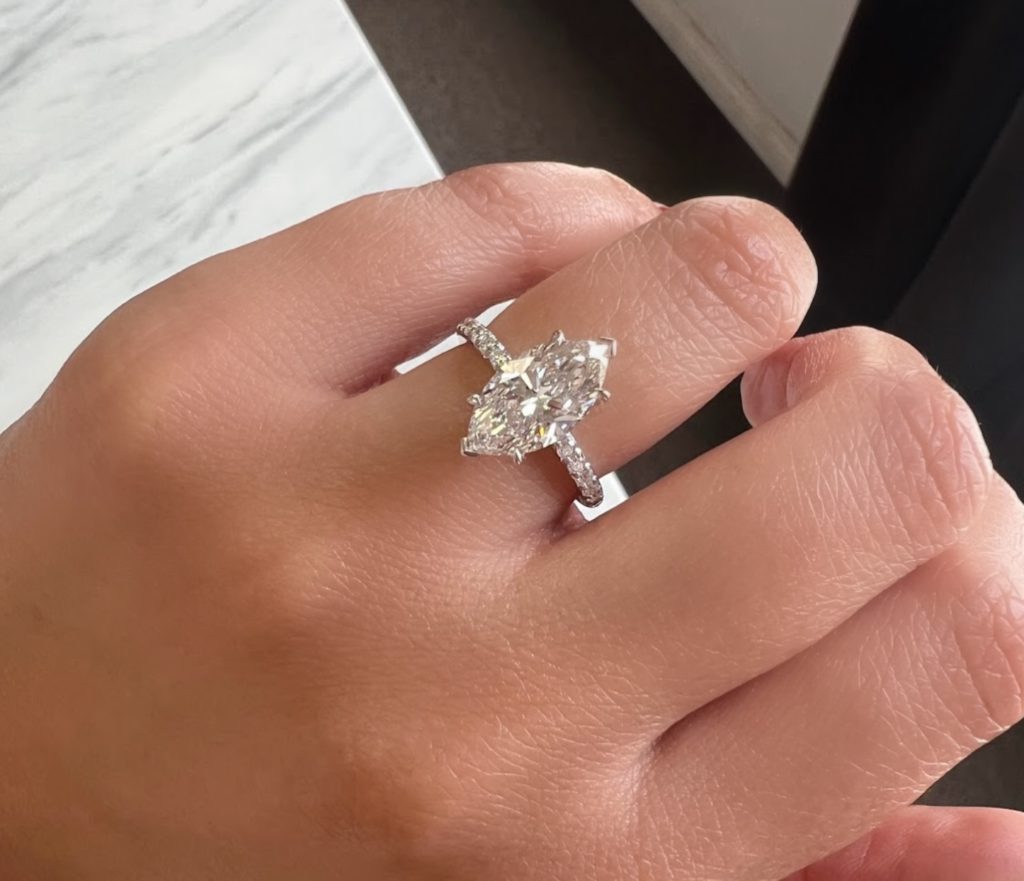
So why aren’t fancy shapes given a cut grade like rounds? Shouldn’t it be relatively easy to put together a comprehensive system for grading an oval as you would the round brilliant or a princess cut diamond- how hard could it be, right? Well, the short answer is: Very.
Fancy diamond shapes are based on the two main faceting styles- brilliant and step cut faceting. This means there are nearly endless ways to modify the shapes to maximize light return, fire, and scintillation by lengthening, shortening, adding, or subtracting facets within the pavilion and crown of the gem. The diagrams below show just a few of the faceting variations the diamond cutter may employ to coax certain aspects out of the diamond rough when creating a cushion cut diamond shape:
Some of these faceting styles are meant to create the popular “crushed ice” look in which the diamond scintillates from all angles; the addition of the shorter facets in the pavilion actually causes light to reflect and refract back at the viewer at an accelerated rate. Other styles with more elongated facets are meant to emphasize the traditional Old Mine cut glimmer and higher rate of fire that is best shown off in candlelight.
All of them are gorgeous in their own way, but which has the better cut? It is true that beauty is in the eye of the beholder; one may prefer the fire and glimmer of the longer faceting style over the crushed ice and vice versa, however, we can agree that there are certain ideals to each shape to which the diamond cutter should strive.
Fire, brilliance, life- these attributes are all created according to a set mathematical formula that determines the exact length and angles of the facets adjoining in perfect symmetry to ensure that light travels within the gem properly. This is the core of the issue- how to evaluate each diamond’s exact measurements, depth, and crown angles to ensure that a diamond is ‘ideally cut’.
Adiamor has created (in conjunction with our diamond cutting partners and through decades of hands-on diamond experience) an easy-to-understand chart which details the Ideal through Good cut grades for each fancy diamond shape by determining a diamond’s depth and table percentages. Depth and table percentages are calculated by dividing the length of a diamond’s table or its total depth by its diameter; for example, if a diamond’s total depth is 5.6mm and the diameter is 10.0mm, then its depth percentage is 56%. These mathematical formulas help us to be able to determine if a diamond will sparkle in an attractive manner, as they are loosely based upon the ideal brilliant cut faceting formula used for rounds, which are graded. Combined with a diamond plot depicting the faceting style of the pavilion of the diamond, we are able to get a fairly good idea of how well a diamond has been cut.
As to why these fancy shapes aren’t officially graded by GIA and AGSL (among others) is simply that there are too many variations on each shape to keep up! Each year, there are new twists to a classic shape, evoking even more brilliance and beauty. However, expect this state to change in the future, as more and more people within the industry begin to agree upon particular parameters for table and depth percentages, length to width ratios, and more, assigning a cut grade to these gems will become the norm.
For now, however, when shopping for fancy shape diamonds, just keep in mind that beauty is indeed in the eye of the beholder! The general appearance of the diamond should attract the eye, and it should have plenty of brilliance and fire; try to find diamonds that have at least Very Good Polish and Symmetry, as this means that both the facets align properly and are crisply polished, with defined junctures that pass light from one area to another. Work with your jeweler or gemologist to establish which table and depth percentages will ensure that your diamond has been cut to proper proportions, and keep an eye on the length-to-width ratios to keep the diamond’s shape within normal parameters. Above all, love the gem you buy!


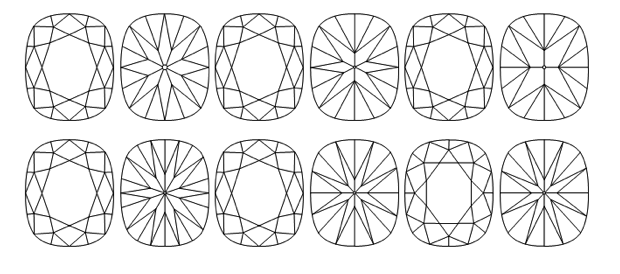
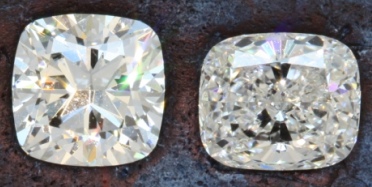
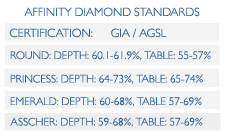

4 comments
I think this is one of the most important info for me.
And i am glad reading your article. But want to
remark on some general things, The website style is great, the articles is really great
: D. Good job, cheers
Very nice article, just what I was looking for.
I could not resist commenting. Perfectly written!
Heya i’m for the first time here. I found this
board and I find It truly useful & it helped me out much.
I hope to give something back and aid others like you helped me.